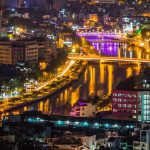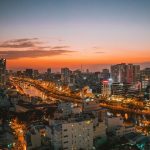Are you dreaming of exploring the beautiful landscapes and vibrant culture of Vietnam? Planning the perfect time to visit this breathtaking country is key to an unforgettable experience.
In this blog, we will dive into the different seasons, and weather patterns Vietnam offers, allowing you to decide when to embark on your Vietnamese adventure.
Join us as we discover the best time to visit Vietnam and unleash your wanderlust!
And while you are with us, be sure to explore our range of Saigon Scooter Tours.
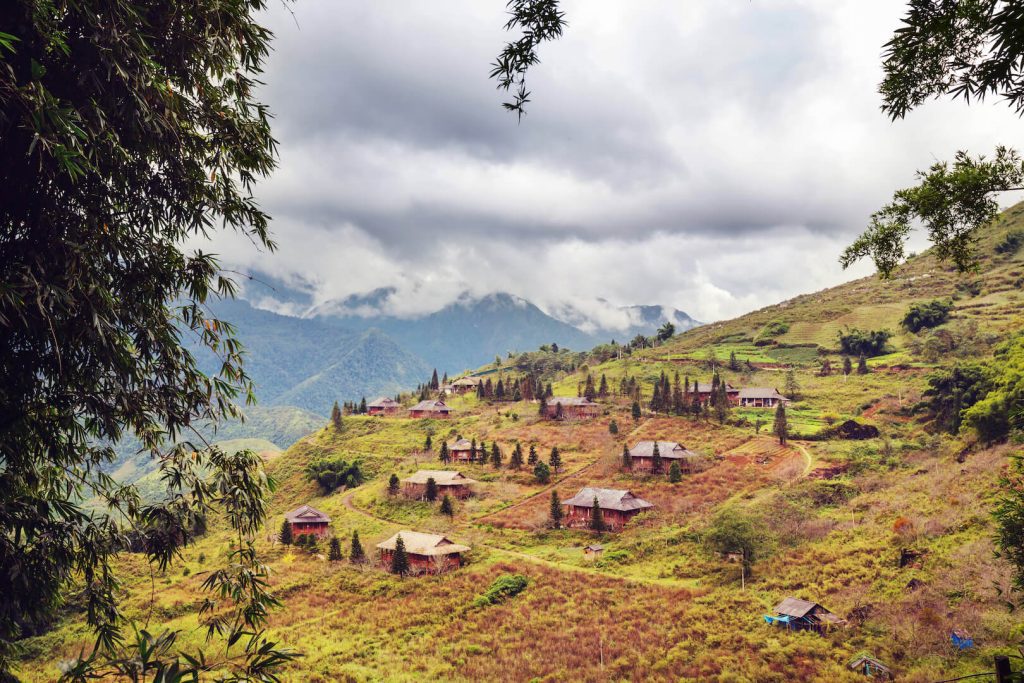
Introduction: The Culture and History of Vietnam
Before looking at the climate and weather conditions, let’s begin with a brief overview of the country’s fascinating culture and history.
Vietnam’s culture is woven from various influences, including Chinese, French, and American. The country has a rich history, with ancient artistic traditions, such as water puppetry, and significant historical sites from the Vietnam War.
Its culinary scene is another highlight, with distinctive flavors and dishes like pho, banh mi, and spring rolls.

Timing Your Vietnamese Travels
When planning a trip to Vietnam, timing is crucial. The country’s geographical diversity and climate variations can influence travel experiences dramatically. Visiting at the right time ensures that travelers can enjoy the natural beauty and cultural experiences Vietnam offers without being hindered by unfavorable weather conditions.
Overview of the Climate in Vietnam
North Vietnam (Hanoi, Sapa)
North Vietnam has four seasons, including in major northern travel destinations like Hanoi and Sapa. Winters (December to February) are cool and dry, while summers (June to August) are hot and humid with heavy rain. Spring and autumn are generally mild and pleasant.
Central Vietnam (Hue, Da Nang, Hoi An)
Central Vietnam experiences a more tropical climate, with a hot and dry season (January to August) and a rainy season (September to December) marked by heavy but short-lived downpours.
South Vietnam (Ho Chi Minh City, Mekong Delta)
South Vietnam has a tropical climate, including Ho Chi Minh City and the Mekong Delta. The dry season lasts from November to April, with high temperatures and little rain, while the wet season runs from May to October, with frequent heavy showers.
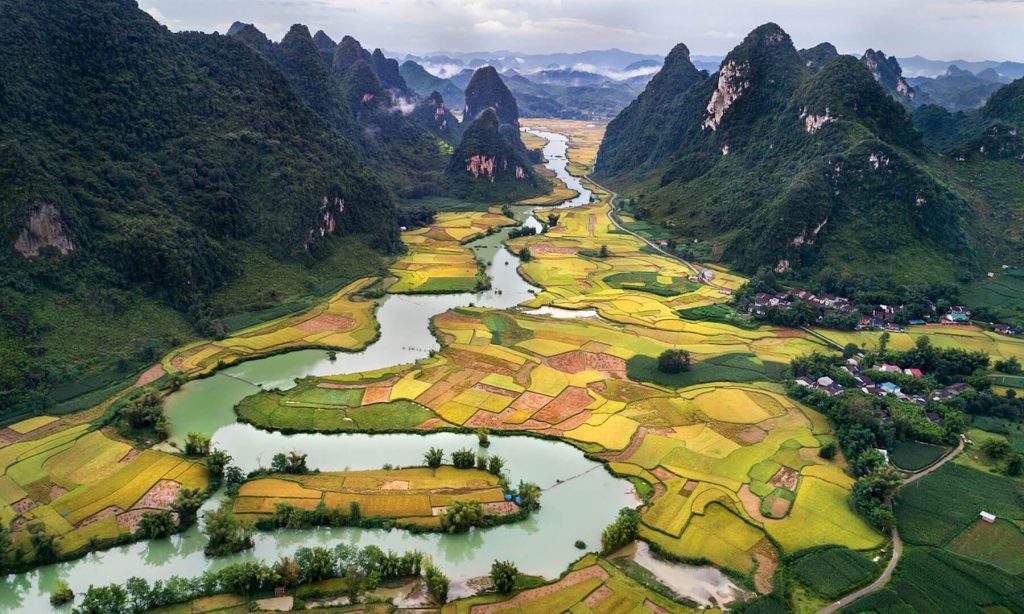
Understanding Vietnam’s Weather Patterns
Southwest Monsoon (May to October)
During the Southwest Monsoon, the winds blow from the Indian Ocean, bringing wet and humid conditions to most of the country. This season is characterized by high temperatures and heavy rainfall, especially in South and Central Vietnam.
Northeast Monsoon (October to April)
The Northeast Monsoon, blowing from China, affects primarily North Vietnam. This season is cooler and can bring light rain to the northern regions, while Central Vietnam remains relatively dry, and the South starts cooling down with reduced rainfall.
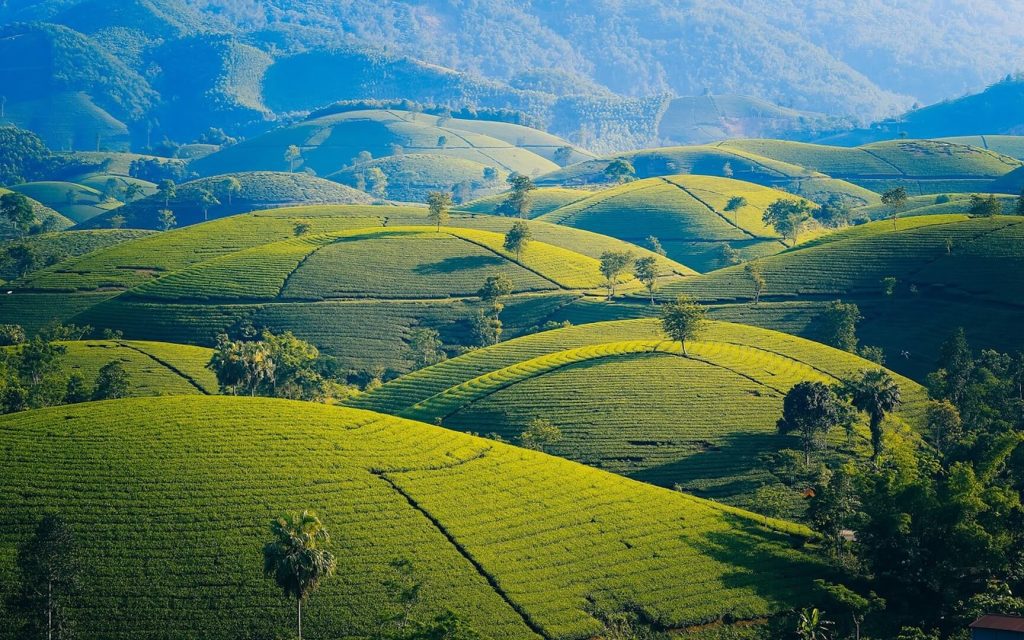
Temperature Variations
Temperature variations in Vietnam are significant due to its geography. The north can experience temperatures nearly freezing in winter, while the south remains warm year-round. Central Vietnam often has the highest temperatures during the summer months.
Typhoon Season
Typhoon season usually affects Vietnam between July and November. The central coast is the most vulnerable to typhoons but can also affect the north. It’s important for travelers to monitor weather reports and advisories during this period.
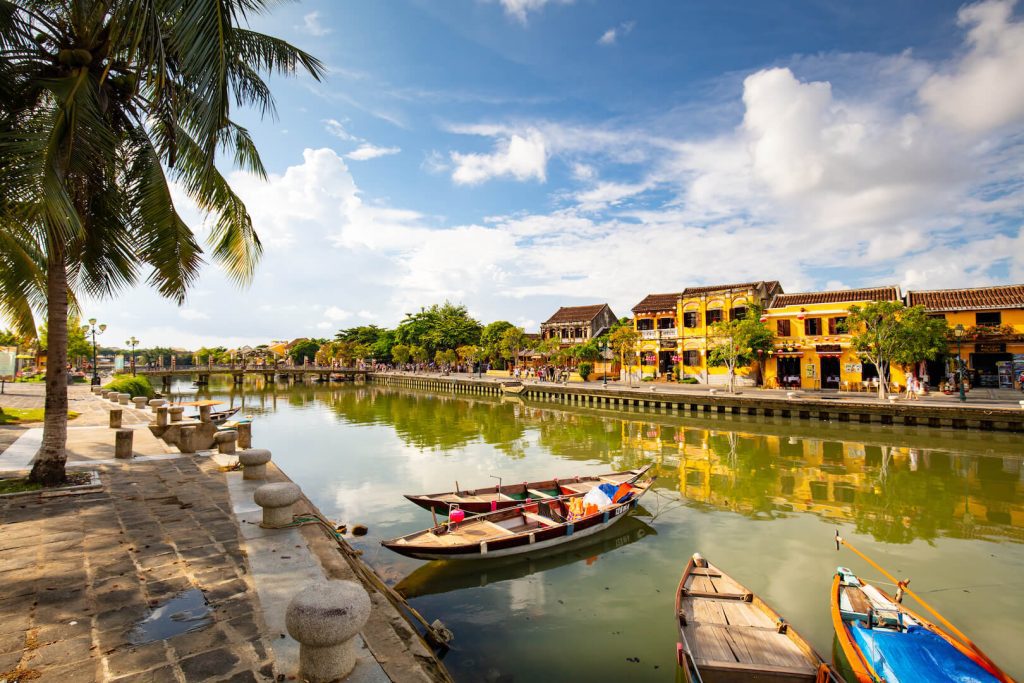
The Ideal Time to Visit Different Regions in Vietnam
North Vietnam – Optimal Months for Travel
For those looking to experience North Vietnam’s crisp air and clear skies, the period from late October to early April is ideal. During this time, the weather tends to be drier and cooler, providing conducive conditions for outdoor exploration.
Recommended Places to Visit in North Vietnam
Hanoi: The city’s historic charm is on display in landmarks such as the Ho Chi Minh Mausoleum, One Pillar Pagoda, and the bustling streets of the Old Quarter.
Sapa: High in the mountains, Sapa offers awe-inspiring views of terraced fields. It is an excellent place for trekking and engaging with diverse ethnic communities.
Ha Long Bay: With its karst landscapes and turquoise waters, it is a natural wonder that can be best appreciated through boat cruises.
Central Vietnam – Optimal Months for Travel
Central Vietnam is best visited between February and May when there is minimal rainfall, and the temperatures are pleasantly warm, making it perfect for beach activities and sightseeing.
Recommended Places to Visit in Central Vietnam
Hoi An: This ancient town retains its historical aura through well-preserved buildings, lantern-lit evenings, and a rich culinary tradition.
Hue: Once an imperial capital, Hue’s historical significance is evident in its ancient palaces, temples, and tombs.
Da Nang: Offering both cultural landmarks and pristine beaches, Da Nang is a harmonious blend of historical and natural attractions.
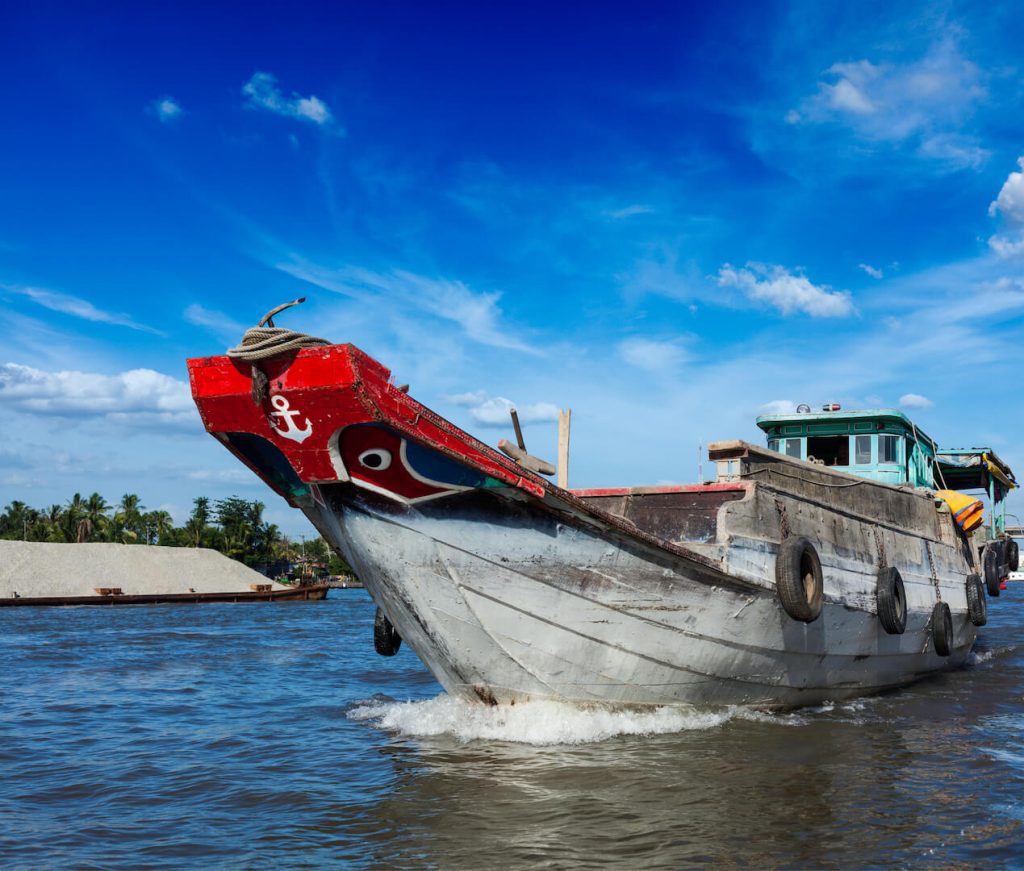
South Vietnam – Optimal Months for Travel
South Vietnam’s climate is conducive for travel from November to early May, during which the region experiences lower humidity and reduced rainfall.
Recommended Places to Visit in South Vietnam
Ho Chi Minh City: This vibrant city offers a mix of modern skyscrapers, historical sites, and markets.
Mekong Delta: Here, the interwoven rivers, swamps, and islands create a unique landscape best explored by boat.
Special Considerations in Vietnam
Traveling During Tet (Lunar New Year)
Travel during Tet, Vietnam’s Lunar New Year, requires careful planning. Many businesses close, and public transport can be crowded. But it is a great opportunity to witness traditional customs and ceremonies.
If enjoying authentic local experiences while traveling is a priority of yours, consider taking our Senses of Saigon Scooter Tour.
Budget Considerations: High vs. Low Season
Peak tourist season corresponds to dry periods, increasing accommodation and activity costs. Traveling just before or after peak season can result in cost savings and fewer crowds while still enjoying favorable weather.
Packing for the Weather
Considering the regional climate variations, pack attire that can be layered. Light, breathable clothing for warm weather and a jacket or sweater for cooler regions are advisable. Always carry an umbrella or raincoat for unexpected showers.
Insider Tips
Making the Most Out of the Climate: Understand each region’s climate peculiarity. For instance, while the north might be experiencing cool weather, the south could be warm. Plan your activities to sync with the weather; opt for mountain treks in the cooler north, beach activities in central Vietnam, and river cruises in the south.
Being Flexible with Travel Plans: Having a flexible itinerary can be a boon. Unpredictable weather changes, especially during the monsoon and typhoon seasons, can cause alterations to travel schedules. Keep alternative destinations or activities handy in case your primary plans
are affected by weather conditions.
Utilizing Local Knowledge and Resources: Leverage the expertise of locals for the most authentic experiences. Engage with local tour guides, seek out family-run establishments, and participate in community-based tourism projects. Not only will this provide an enriched travel experience, but it will also support the local economy.
As you prepare to embark on your journey to Vietnam, embrace the possibilities of immersing yourself in a culture that’s likely different from your own. Let curiosity be your guide as you traverse the terraced rice fields of Sapa, meander through the historic alleys of Hoi An, or navigate the bustling streets of Saigon.
Vietnam’s tapestry of natural beauty and cultural richness provides an array of experiences that can be both enlightening and invigorating.
If you are visiting Saigon during your travels, please join Kix Tours for one of our Saigon Scooter Tours.
If you have any questions, please get in touch.


